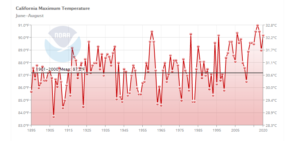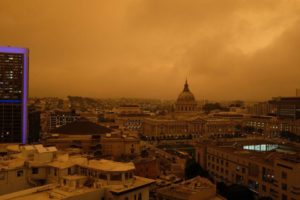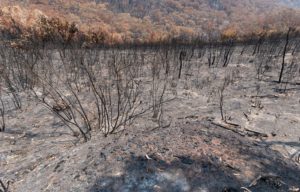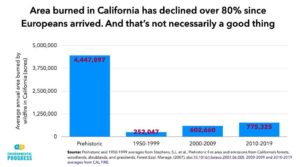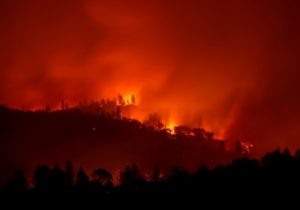by S. Osaka, Sep 12, 2022 in TheWashingtonPost
Last week, Californians got a reminder of one of the most vexing paradoxes of global warming. With temperatures well over 110 degrees Fahrenheit in some regions on Tuesday night, hundreds of thousands of the state’s residents received beeping text alerts to notify them that the power grid, straining under the weight of millions of air-conditioning units, was about to collapse. Save power now, the text warned, or face rolling blackouts.
Consumers conserved, and the state’s electricity grid made it out of a record-breaking hot day relatively unscathed. Still, as temperatures rise worldwide, more people are going to need to install air conditioners. Butas currently sold, AC units can actually make global warming worse: On hot days, they suck tons of electricity from the grid, and their chemical refrigerants can accelerate global warming.
This is why researchers and start-ups are hoping to create new, cutting-edge AC units. AC technology has seen only “incremental improvements over the past 100 years,” said Ankit Kalanki, a manager at Third Derivative, a climate tech accelerator co-founded by the energy think tank RMI. “There has not been a step change in innovation.”
…


